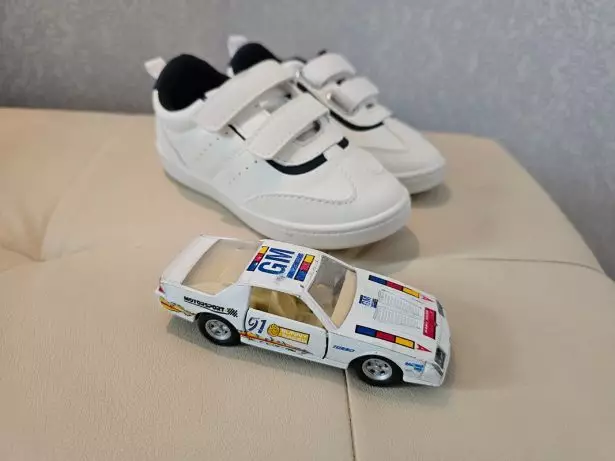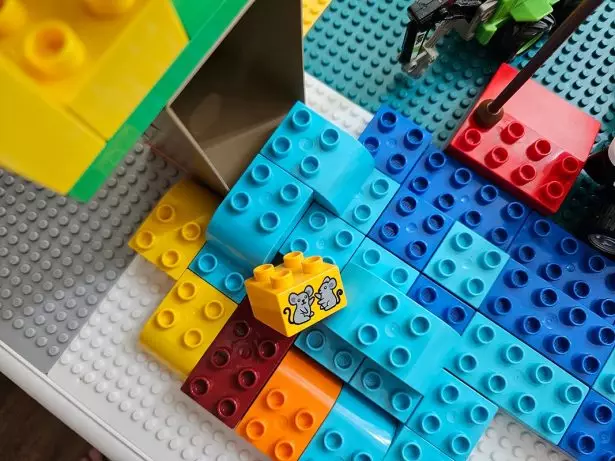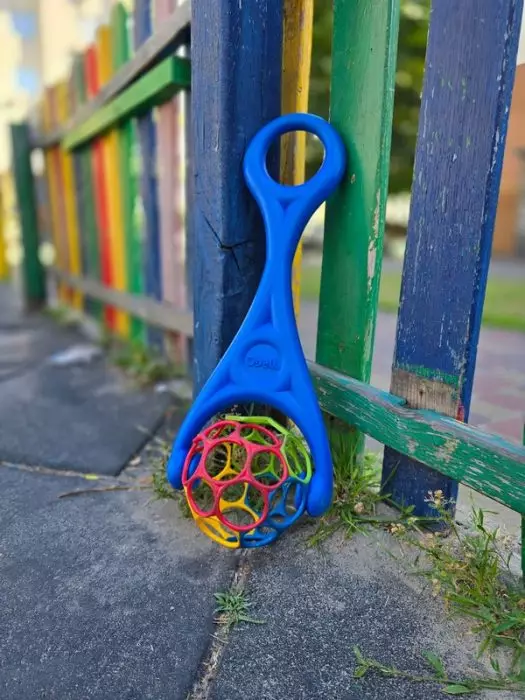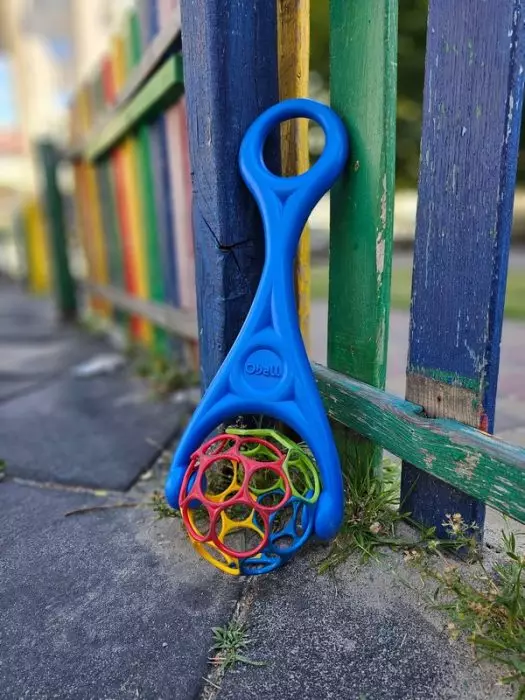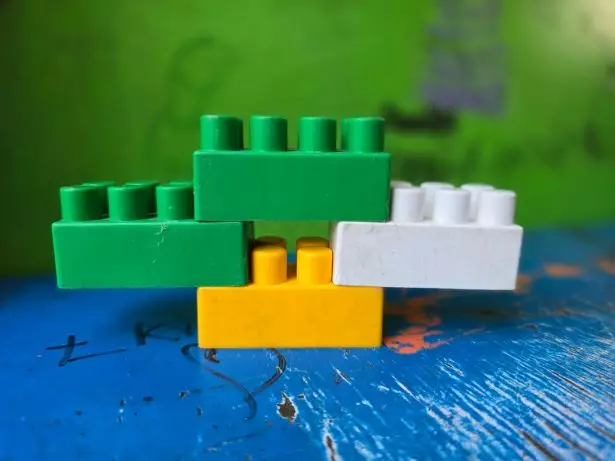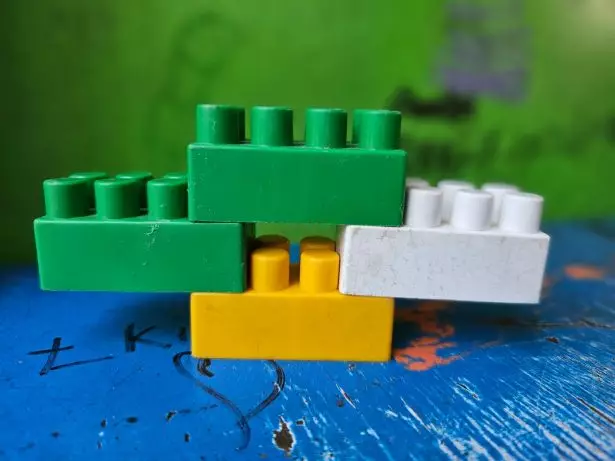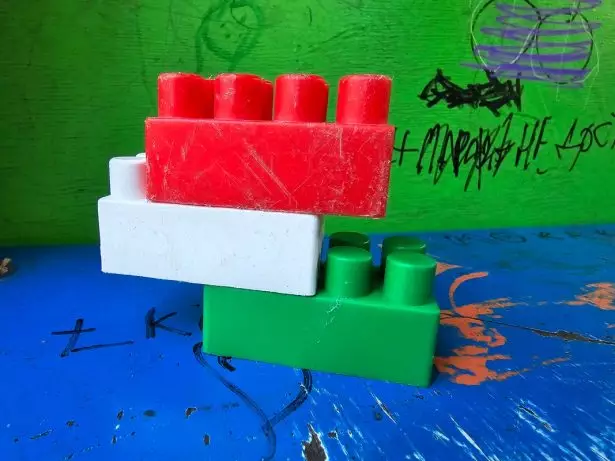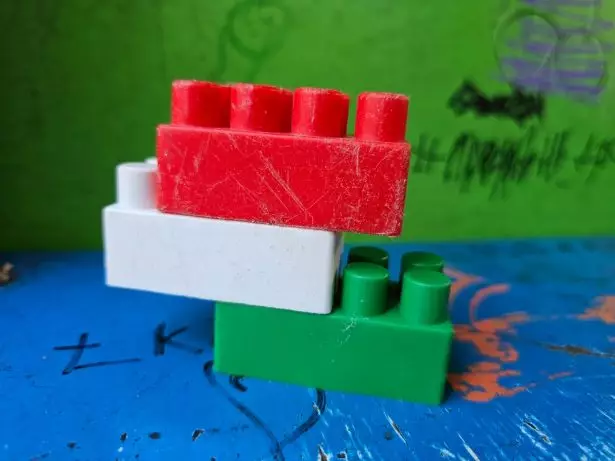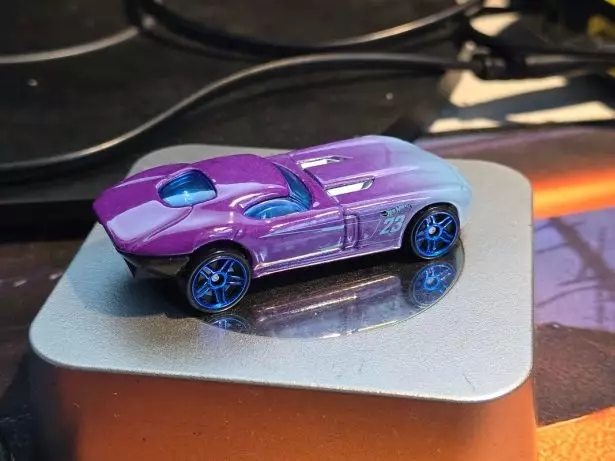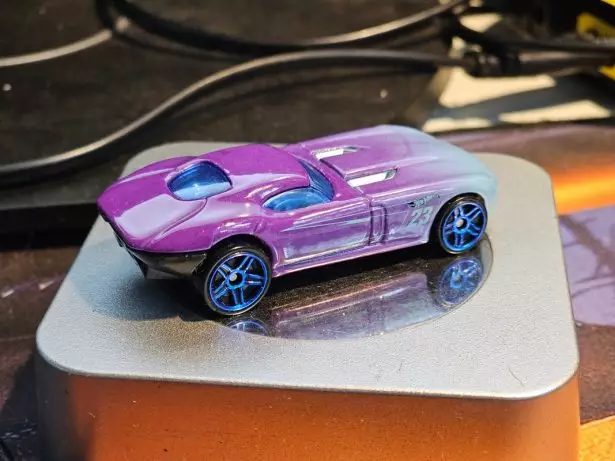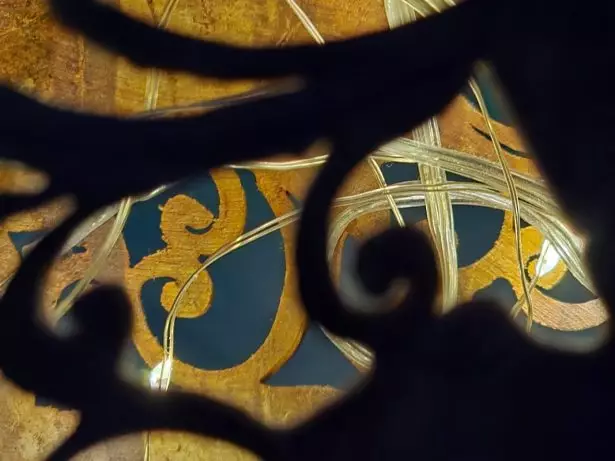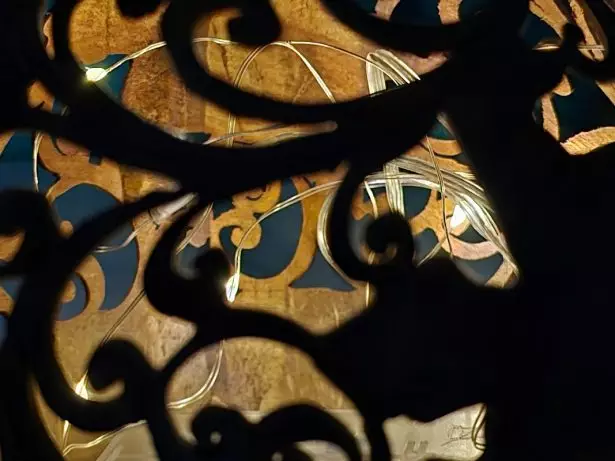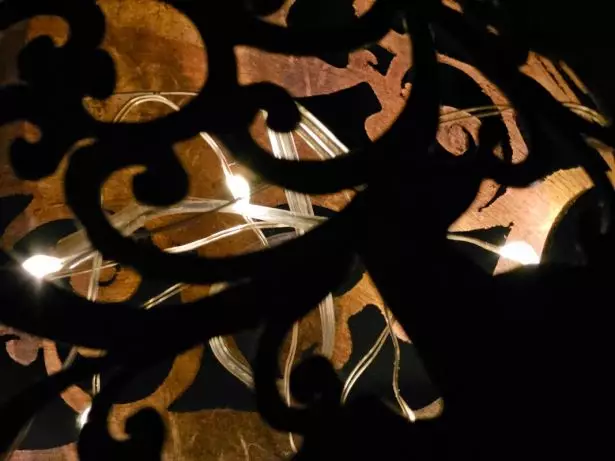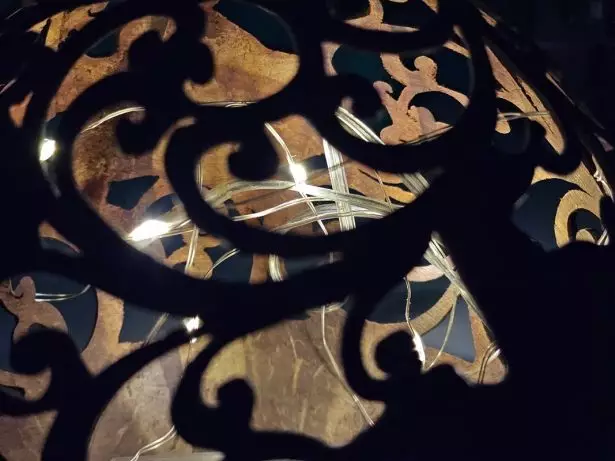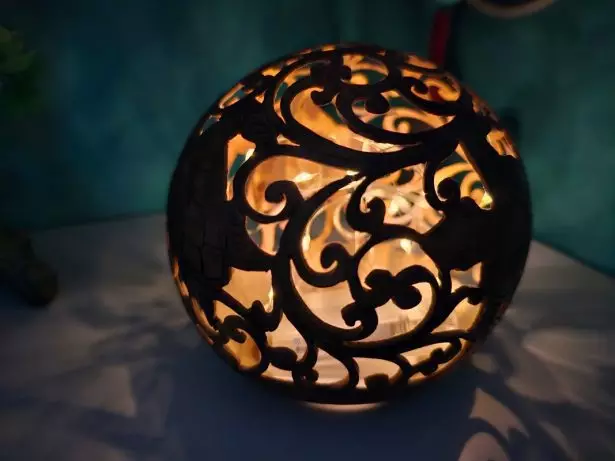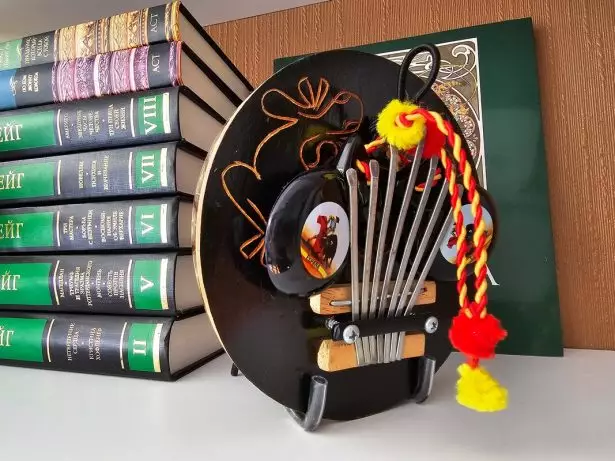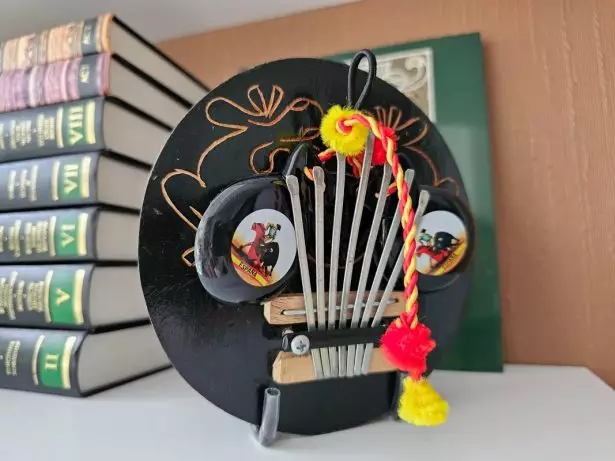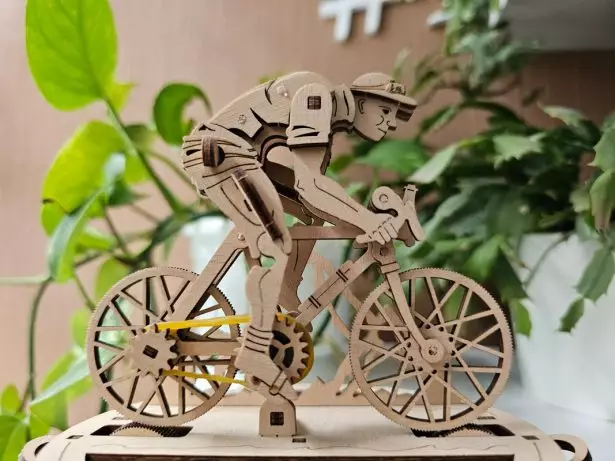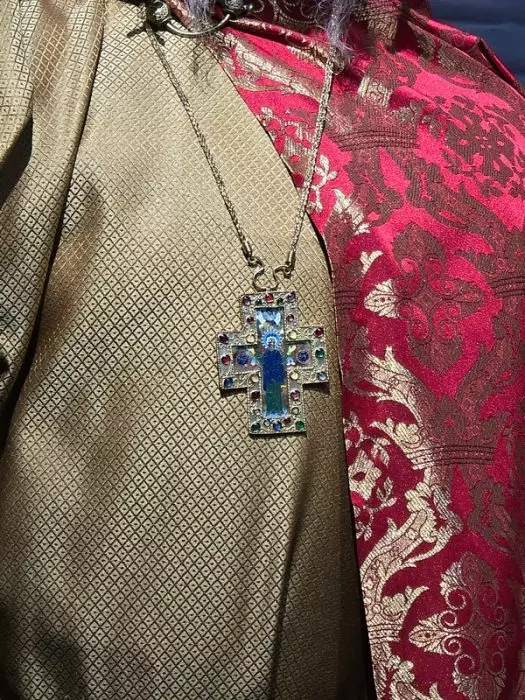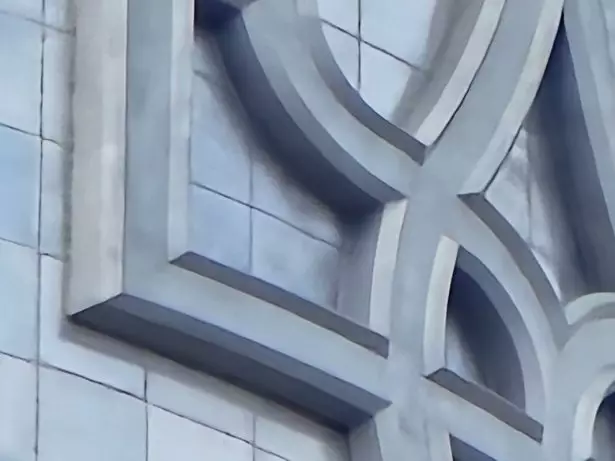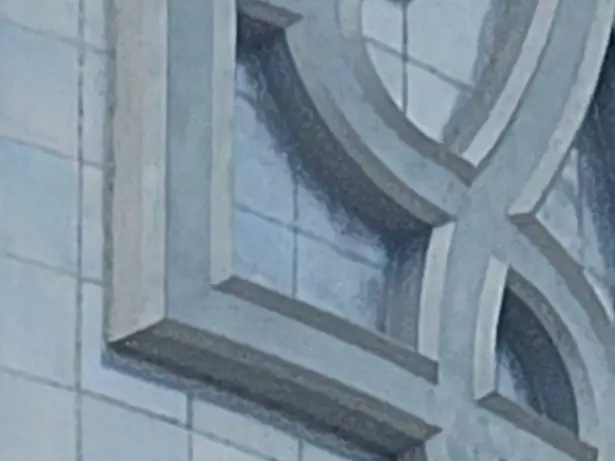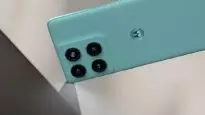Comparison of Samsung Galaxy S23 Ultra and S24 Ultra cameras
14.08.24
We regularly tested smartphone cameras, and the photo and video capabilities of the flagship models were especially interesting. It is not for nothing that they often topped the ratings of camera phones. After the break, an opportunity presented itself to compare the cameras of two generations of Samsung’s top mmodels. In this material, we will talk about the differences between the Galaxy S23 Ultra and S24 Ultra modules and see how they shoot.
In 2024, Samsung updated the camera in the Galaxy S24 Ultra, replacing the 10x telephoto camera with a new 5x module. The smartphone now offers 5x and 10x zoom. The main camera module, as before, has a resolution of 200 MP with a combination of 16 pixels in 1, and the ultra-wide-angle camera retains autofocus. The 3x telephoto lens is designed for close zooming. At one time, the Galaxy S21 Ultra became the first Samsung flagship to receive two zoom cameras. It had a 3x telephoto lens for close zoom and a 10x telephoto lens for long distance. ![]() Now the company used the same setup in Galaxy S22 Ultra and Galaxy S23 Ultra.
Now the company used the same setup in Galaxy S22 Ultra and Galaxy S23 Ultra.
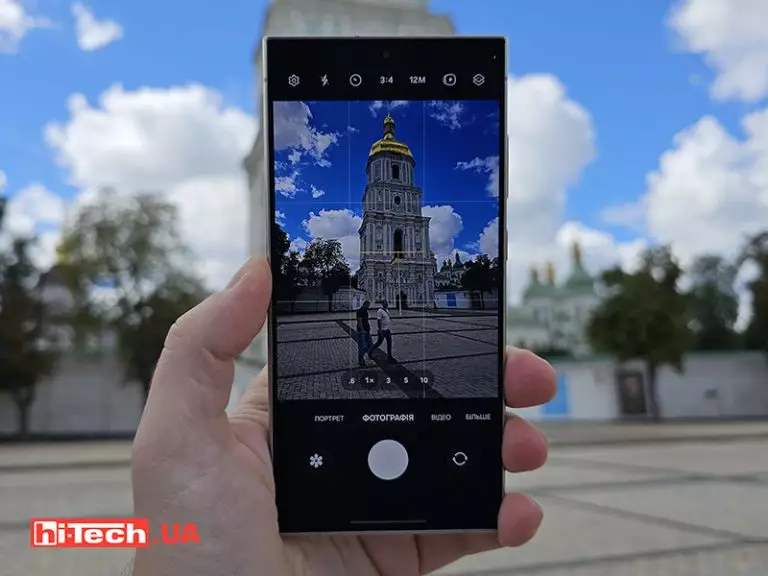
With the release of the Galaxy S24 Ultra, Samsung decided to replace the S23 Ultra’s 10-megapixel 10x telephoto lens with a 5x 50-megapixel one. The new camera has a wider aperture (f/3.4 vs. f/4.9 on the S23 Ultra) and a larger pixel size (1.4 µm vs. ![]() 1.12 µm on the S23 Ultra), which Samsung says helps the Galaxy S24 Ultra take detailed photos in in low light conditions.
1.12 µm on the S23 Ultra), which Samsung says helps the Galaxy S24 Ultra take detailed photos in in low light conditions.
As a result, the Galaxy S23 Ultra and S24 Ultra camera module options look largely similar, but with a few notable differences.
Samsung Galaxy S23 and S24 Ultra camera module features
- Main: 200 Mpix Samsung ISOCELL HP2 (1/1.3″, 0.6µm-2.4µm), f/1.7, 23mm, multi-directional PDAF, OIS; 8K@30fps, 4K@120fps ( in S24 Ultra) / 4K@60fps (in S23 Ultra)
- Ultrawide: 12 MP Sony IMX563 (1/2.55″, 1.4µm), f/2.2, dual pixel PDAF; 4K@60fps
- Telephoto 1, 3x: 12 MP Sony IMX754 (1/3.52″, 1.12µm), f/2.2, 67mm, PDAF, OIS; 4K@60fps
- Telephoto 2 in S23 Ultra: 10x, 10Mpix Sony IMX754 (1/3.52″, 1.12µm), f /4.9, 230mm, PDAF, OIS; 4K@60fps
- Telephoto 2 in S24 Ultra: 5x, 50Mpix Sony IMX854 (1/2.52″, 0.7-1.4µm) , f/3.4, 111mm, PDAF, OIS; 4K@ 60fps
- Front camera: 12 MP Samsung ISOCELL S5K3LU (1/3.2″, 1.12µm), f/2.2, 26mm, dual pixel PDAF; 4K@60fps
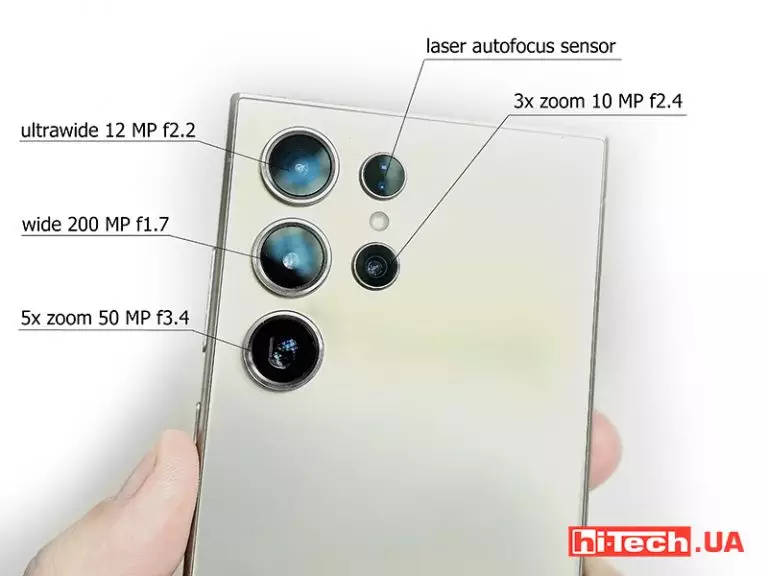
Samsung Galaxy S24 Ultra Modules Schematic
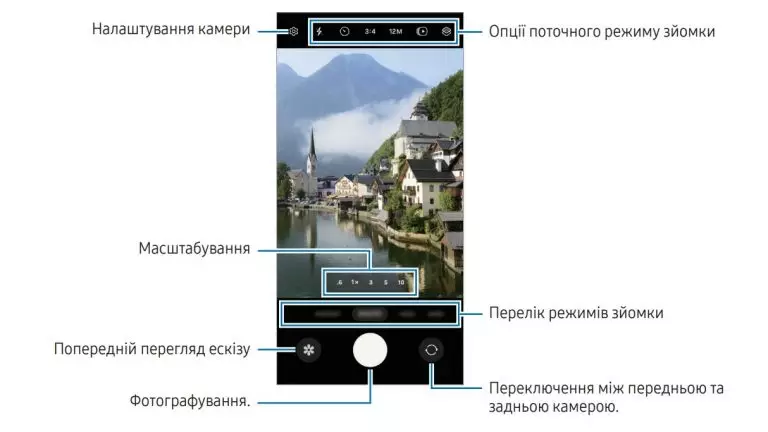
What did these innovations bring and how does the S23 Ultra compare to the S24 Ultra?
Normal photos
The main camera of the Galaxy S24 Ultra delivers excellent photo quality, showing excellent detail and natural color rendition. Compared to the S23 Ultra, photos appear more natural and detailed. The S24 Ultra’s image processing is balanced, providing an optimal combination of sharpness, unlike the S24, where some users find images too soft.
Photos taken on the Samsung S 24 Ultra have excellent detail, especially in areas of uniform color. The dynamic range of the camera is excellent, both when shooting outdoors and indoors, providing good processing of backlit scenes. The “Photo” mode demonstrates balanced exposure, wide dynamic range and accurate color reproduction. The shadows are worked out quite well, and the highlights are not overexposed. Colors are rich, with solid white balance and nice fine detail, delivering a natural image with moderate sharpness. ![]()
![]()
![]() Minor shadow noise is an acceptable compromise.
Minor shadow noise is an acceptable compromise.
- photo by Samsung Galaxy S24 Ultra
- photo by Samsung Galaxy S23 Ultra
- photo by Samsung Galaxy S24 Ultra
- photo by Samsung Galaxy S23 Ultra
- photo by Samsung Galaxy S24 Ultra
- photo by Samsung Galaxy S23 Ultra
- photo by Samsung Galaxy S24 Ultra
- photo by Samsung Galaxy S23 Ultra
- photo by Samsung Galaxy S24 Ultra
- photo by Samsung Galaxy S23 Ultra
- photo by Samsung Galaxy S24 Ultra
- photo by Samsung Galaxy S23 Ultra
- photo by Samsung Galaxy S24 Ultra
- photo by Samsung Galaxy S23 Ultra
- photo by Samsung Galaxy S24 Ultra
- photo by Samsung Galaxy S23 Ultra
- photo by Samsung Galaxy S24 Ultra
- photo by Samsung Galaxy S23 Ultra
- photo by Samsung Galaxy S24 Ultra
- photo by Samsung Galaxy S23 Ultra
Night photos
Galaxy S24 Ultra night mode has its own features and limitations. Although there are improvements, it sometimes seems less effective than desired. For example, tonal extremes in night shots are slightly improved, and only high-contrast scenes can benefit from using this mode. In general, night mode doesn’t make a big difference in detail and noise, but rather smoothes out the image, which can often result in the loss of fine textures and details.
Still, the S24 Ultra shows some improvements over the S23 Ultra. Noise suppression has become less aggressive, allowing more fine textures to be preserved, although this also results in some additional noise. The quality of night shots has improved due to the reduction of false colors and slightly less sharpness.
When shooting with 3x zoom, the S24 Ultra improves image quality significantly compared to the previous model, thanks to a softer finish and gentle noise reduction. Night mode, despite its limitations, can be useful in particularly dark or high-contrast scenes, providing more even exposure and enhancing detail.
The 5x telephoto lens continues to deliver good image quality, with accurate exposure and decent dynamic range. At 10x magnification in the dark, the S24 Ultra shows a marked improvement over the S23 Ultra, especially in low-light conditions.
The ultra-wide lens also shows an improvement in night shots, which is a pleasant surprise given its specs. Overall, the S24 Ultra shows significant progress in image processing compared to previous models, especially in low-light conditions.
- dark photo Samsung Galaxy S24 Ultra ->
- dark photo Samsung Galaxy S23 Ultra ->
- night photo Samsung Galaxy S24 Ultra ->
- night photo Samsung Galaxy S23 Ultra ->
Near objects
The Galaxy S24 Ultra faces some limitations when focusing at close range. The main problem is automatically switching to another camera if the current camera cannot focus because the subject is too close. This behavior can be inconvenient, especially when you need to remove the very module that was configured during composition. When changing the lens at a short distance, the composition can completely change.
In particular, if you shoot with a telephoto lens and the subject is too close, the device will automatically switch to the wider camera. While you can turn off automatic switching between the main and ultra-wide cameras, this setting is not available for telephoto lenses.
However, you can work around this limitation in several ways:
1. Pro or Expert RAW mode: If you use one of these modes, the phone will not automatically switch between cameras. This is useful for more precise control over the shooting process.
2. Alternatively, use Camera Assistant by downloading it from the Galaxy Store and turn off automatic camera switching in settings.
Although these methods can avoid automatic camera switching, they do not solve the problem completely. It would be useful if the camera app had the ability to more flexibly control focus and automatic switching, including the ability to disable switching from the telephoto lens.
- S24 Ultra
- S23 Ultra
- S24 Ultra
- S23 Ultra
- S24 Ultra
- S23 Ultra
- S24 Ultra
- S23 Ultra
- S24 Ultra
- S23 Ultra
- S24 Ultra
- S23 Ultra
- S24 Ultra
- S23 Ultra
Zoom’s
Functional improvements to the Galaxy S24 Ultra’s camera, especially in the area of zoom, are a significant step forward. The new 5x telephoto lens provides great flexibility when shooting at different zoom levels and improved optical stabilization, which is especially noticeable when recording video in 8K at both 1x and 5x zoom. This adds new possibilities in shooting and makes the process more versatile.
While the overall gain as an image at more than 5x zoom isn’t always impressive, the 3x to 10x zoom range allows users to get better quality shots in well-lit conditions. Improved processing at 10x zoom also makes photos less blurry, although issues with noise suppression and detail remain. Portrait shots at 5x zoom have not yet become perfect, but their use opens up new opportunities for creative shooting.
An interesting observation is improving the quality of images with a magnification of up to 9.9x, which indicates possible nuances in the processing of data from the sensor and its interaction with the software. These features may explain why the 9.9x zoom sometimes produces better results than the 10x. It will be interesting to see how Samsung improves this technology in future updates and models.
- zoom photo Samsung Galaxy S24 Ultra
- zoom photo Samsung Galaxy S23 Ultra
- zoom photo Samsung Galaxy S24 Ultra
- zoom photo Samsung Galaxy S23 Ultra
- zoom photo Samsung Galaxy S24 Ultra
- zoom photo Samsung Galaxy S23 Ultra
- zoom photo Samsung Galaxy S24 Ultra
- zoom photo Samsung Galaxy S23 Ultra
- zoom photo Samsung Galaxy S24 Ultra
- zoom photo Samsung Galaxy S23 Ultra
- zoom photo Samsung Galaxy S24 Ultra
- zoom photo Samsung Galaxy S23 Ultra
- zoom photo Samsung Galaxy S24 Ultra
- zoom photo Samsung Galaxy S23 Ultra
- zoom photo Samsung Galaxy S24 Ultra
- zoom photo Samsung Galaxy S23 Ultra
- zoom photo Samsung Galaxy S24 Ultra
- zoom photo Samsung Galaxy S23 Ultra
- zoom photo Samsung Galaxy S24 Ultra
- zoom photo Samsung Galaxy S23 Ultra
- zoom photo Samsung Galaxy S24 Ultra
- zoom photo Samsung Galaxy S23 Ultra
- zoom photo Samsung Galaxy S24 Ultra
- zoom photo Samsung Galaxy S23 Ultra
- zoom photo Samsung Galaxy S24 Ultra
- zoom photo Samsung Galaxy S23 Ultra
- zoom photo Samsung Galaxy S24 Ultra
- zoom photo Samsung Galaxy S23 Ultra
- zoom photo Samsung Galaxy S24 Ultra
- zoom photo Samsung Galaxy S23 Ultra
- zoom photo Samsung Galaxy S24 Ultra
- zoom photo Samsung Galaxy S23 Ultra
- zoom photo Samsung Galaxy S24 Ultra
- zoom photo Samsung Galaxy S23 Ultra
Ultrawide photos
The ultra-wide camera on the Galaxy S24 Ultra really stands out thanks to its autofocus, which gives it an edge when shooting subjects. This difference makes the S24 Ultra a more versatile tool compared to other models in the S24 range, which do not have this capability. Otherwise, the characteristics of ultrawide cameras S24 and S24 Ultra coincide.
- ultrawide photo Samsung Galaxy S24 Ultra
- ultrawide photo Samsung Galaxy S23 Ultra
- ultrawide photo Samsung Galaxy S24 Ultra
- ultrawide photo Samsung Galaxy S23 Ultra
- ultrawide photo Samsung Galaxy S24 Ultra
- ultrawide photo Samsung Galaxy S23 Ultra
Selfie
The selfie camera on the Galaxy S24 ultra is similar to those found in other S24 models and is expected to maintain the same high quality standards. As with the previous generation, the S24 Ultra delivers excellent detail, minimal noise and realistic color reproduction. Skin tones look natural, and a wide dynamic range helps you get quality photos in a variety of lighting conditions.
- selfie photo Samsung Galaxy S24 Ultra
- selfie photo Samsung Galaxy S23 Ultra
- selfie photo Samsung Galaxy S24 Ultra
- selfie photo Samsung Galaxy S23 Ultra
Video
The Samsung Galaxy S24 Ultra offers an impressive array of video recording features. The main camera and 5x telephoto lens can shoot 8K video at 30 frames per second, which is a high achievement. All five cameras support recording in 4K at 60 frames per second, as well as 4K120 and 24 frames per second when slow motion mode is enabled.
In Pro Video mode, “regular” 4K recording is available at 120fps for the main and ultra-wide cameras, as well as 24fps for 4K and 8K on the main and 5x telephoto lenses. For video, bitrates of up to 80Mbps for 8K30 are provided, with options to upscale video quality to 96Mbps and 144Mbps for 4K30 and 4K60, respectively. HDR10+ is also available.
Video stabilization on all cameras is very effective, providing a smooth and stable image even when moving. All cameras provide excellent image quality in bright light with good color rendering, accurate exposure and wide dynamic range. However, the ultra-wide camera can struggle to capture highlights, and clips with the 10x zoom can be less detailed than the S23 Ultra, although the new 5x zoom delivers excellent results.
The selfie camera also takes quality videos with a wide viewing angle, enough to fit the entire head and shoulders in landscape orientation. In low light, the main camera still performs well, providing accurate exposure and a wide dynamic range. The ultra-wide camera, while less detailed, still takes decent shots, while telephoto lenses struggle to record video in low light.
Conclusions
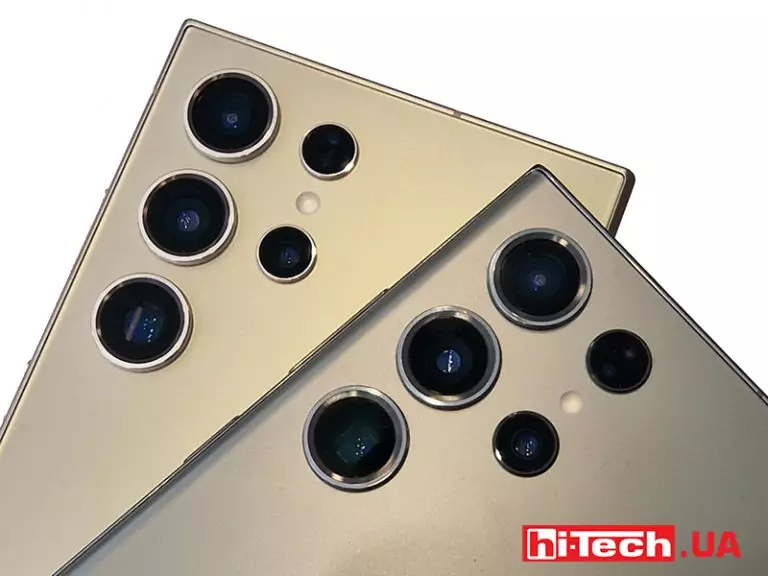
The difference in the photos taken by the main camera of the S24 Ultra compared to the S23 Ultra is very small. Image detail is about the same, although the S24 Ultra’s colors are slightly brighter. Photos of the S23 Ultra have a more pronounced contrast. In low light, the Galaxy S24 Ultra’s larger sensor and pixels are able to capture more light, resulting in brighter images.
Photos on the 5x optical module of the S24 Ultra look brighter, thanks to the new sensor, but the S23 Ultra retains more fine details. Photos taken on the S24 Ultra aren’t bad, with the 5x optical zoom camera showing good detail. However, after comparing with other zoom shots, it can be said that it does not reach the same level of optical quality as the galaxy s23 ultra.
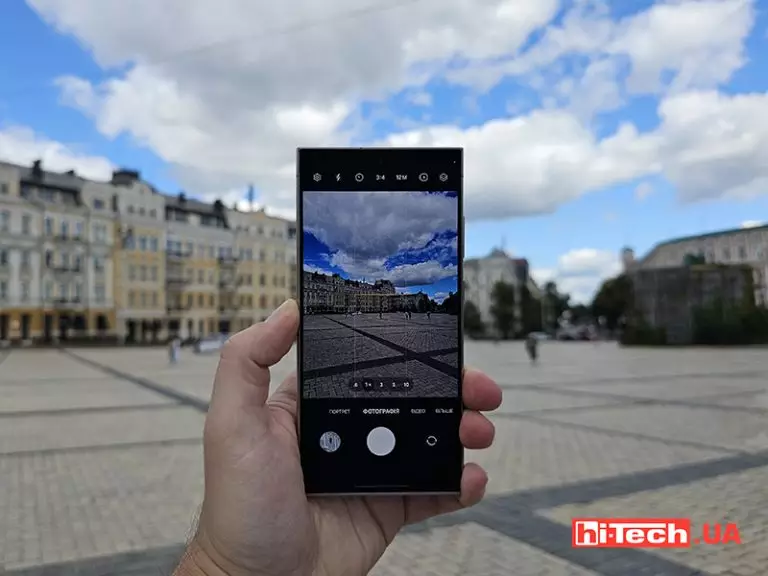
Both phones support 8K video recording, but most users will probably be fine with 4K at 30fps. Improved stabilization and 5x optical zoom in the S24 Ultra provide a more stable image, while the S23 Ultra can lose detail if the camera is not held steady.
For the s24, the camera comparison does not seem to be unequivocally positive compared to the Galaxy S23 Ultra, especially when it comes to the 5x zoom, where there is a slight drop in quality. However, the new Galaxy AI features in the S24 Ultra bring improvements in photo and video editing. One such feature is Instant Slow-mo, which allows you to apply a slow-motion effect to recorded videos. This is convenient because you can first record the video in normal mode, and then add slow motion if necessary. Galaxy S24 Ultra’s AI adds the necessary frames to create a quality slow-motion effect. Although some videos, such as the one with the figure skater, show small nuances, they are difficult to detect with ordinary viewing. It is also worth noting the Edit Suggestions function, which uses Galaxy AI to effectively remove unwanted reflections from photos.
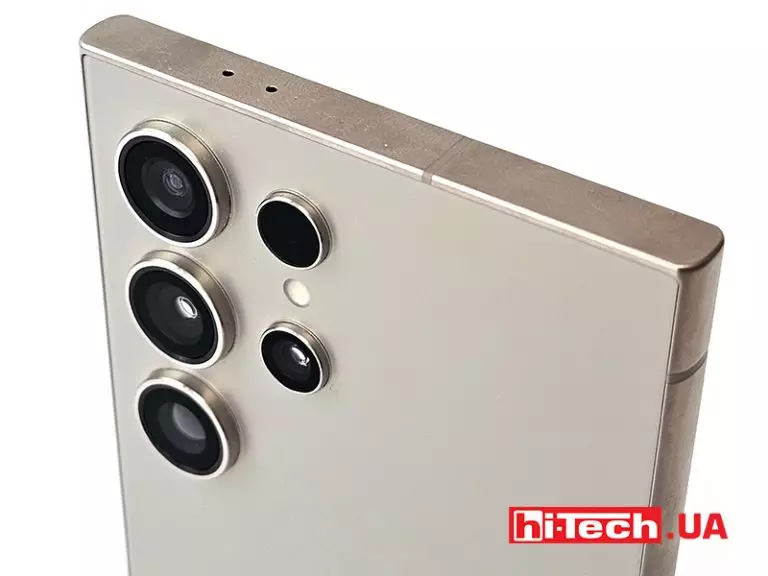
Samsung Galaxy S24 Ultra will certainly be desired by all those who want to be the first to receive the latest technologies. However, six months later, the S23 smartphones get all the same features as the S24. There are nuances and innovations in ergonomics, which we talked about before, but in terms of cameras, we wouldn’t say that there are critical points to upgrade. We can say the same when comparing the iPhone 15 camera with Samsung modules. There will of course be differences in shades and color transfer, but much of this is a matter of taste.
If you have an even older Galaxy Ultra, Galaxy S22 or Galaxy S21, then the Galaxy S23 Ultra model may still be an obvious choice. Choosing in its favor can save approximately 20-30% of the cost of a new one, and sometimes even more if you can find a good deal. The cameras of the old model are still quite effective, the battery life and charging speed remain the same, the processor of the previous generation is still relevant, and the S Pen has not changed. We’re always inclined to recommend the latest version, but a more frugal approach might put the 2023 model first.
A self-deprecating opinion based on the results – if you currently have any of the previous smartphones that suits you, then taking a new one will suit you even more… (thanks Cap!).
Read also:
-
- time gap…
- Comparison of Samsung Galaxy S20 cameras/ S20+ and S20 Ultra
- Triple camera test Samsung Galaxy S10/S10+ . Game from defense
- We test the Samsung Galaxy S9+ camera. Now with aperture control and 960 fps
Editor
Don't miss interesting news
Subscribe to our channels and read announcements of high-tech news, tes
Logitech G Powerplay 2 wireless charging pad review
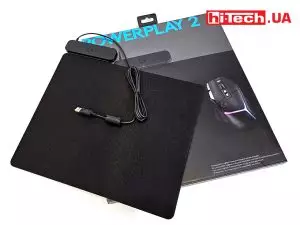
Logitech has great wireless mice, and there’s also the G Powerplay 2 wireless charging mat that will keep them charged right while you’re using them.
Scientists in the US are developing batteries without harmful chemicals accumulator research
Researchers at the University of Chicago have developed a method for getting rid of hazardous chemical compounds in batteries without losing their efficiency.
Motorola Edge 60 Fusion smartphone with branded Moto AI and IP69 protection will cost $390 artificial intelligence Motorola smartphone
Motorola introduced the first smartphone in the Edge 60 series – Edge 60 Fusion, which became the brand’s first device with an integrated Moto AI system.


